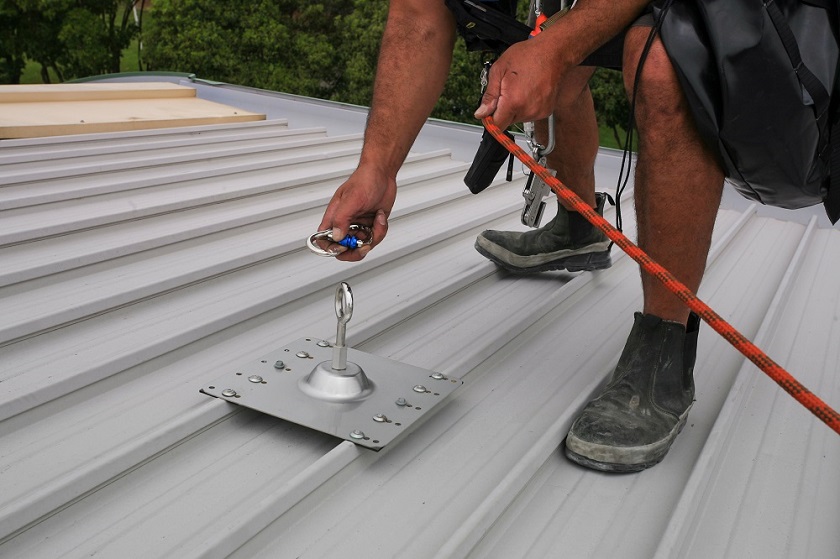Safety Anchors For Roof: Safe Construction Makes Safer Roofs
3:57 AMSafe working conditions form the norm for progressive and efficient construction work. Workers often need to support or anchors themselves to a solid point to work on different levels of a site. Fall arrest is different from the general safety hierarchy. It is critical to focus on safety anchors for roofs to ensure workers do not touch the ground if they fall from a height.
Different Levels Of Safety Hierarchies
Before choosing safety anchors, there are a few other levels initially considered before moving to it –
- Level 1 – Workers working with their feet on the ground or a solid platform, posing no falling threat
- Level 2 – Using scaffolding and guards as passive protection for the workers as it is not directly attached to them, and they use it entirely for support and ease of working
- Level 3 – Anchors and static lines with harnesses implement fall restraint so that the workers experience resistance, keeping them from falling off a ledge or edge
- Level 4 – The fall arrest system prevents the worker from reaching the ground if they fall and keeps them suspended mid-air
- Level 5 – Finally, if all the safety measures fall short, workers resort to using ladders and administrative controls and procedures
During the construction plan, it is essential to decide which job requires a particular level of control. Those who are working at heights need to take extra measures to ensure safety. It is common to use safety anchors to ensure the worker can freely complete the work without facing a falling threat.
Choosing The Right Anchor Point
While setting up safety anchors, you need to consider the height of the static line. Other things include access to the anchor point and whether the worker may get injured while reaching it. Flaws in the layout may cause a pendulum effect for the worker as they may swing on falling and hit the side of the building.
Hence, inspect the site beforehand and check the specification to determine potential safety anchors for roofs. If you need more information about the layout designer, check their training and work experience under a supervisor.
Calculate The Fall Distance
The worker experiences a shock from the harness when they fall from the attachment points. While setting up safety anchors for roofs, keep in mind the worker’s height, length of the static safety line, the lanyard, and the safety clearance factor. Cumulatively, you can determine whether your harness is practical or not.
Materials And Design
Safety anchors for roofs are available in two types depending on the roof material –
- Metal Roofs – The anchor installation requires drilling holes aligned with the anchor point spacing and the use of industrial-grade rivets to secure it. You can choose the anchors based on force ratings.
- Tiled Roofs –For tiled roofs, start by removing the rafter and screwing the point into it. Check the height to ensure the attachment points protrudes into the tile underneath. Similar to metal roof anchor points, you can find two types based on ratings.
Moreover, the static line rope should flex depending on the intermediate anchor points, length, and material of the wire, performance limitations of the shock absorber, etc.
Conclusion
The safety anchors for roofs have limited lifespans, and they are subject to routine maintenance checks. The OHS practitioner must inspect the materials and compile a compliance standard. Moreover, train workers to work at a height and verify their credentials and work experience. Maintain the safety standard ordered by the State judiciary and remember that safe working conditions go a long in reducing compliance costs and lifespan of the safety equipment.








0 comments